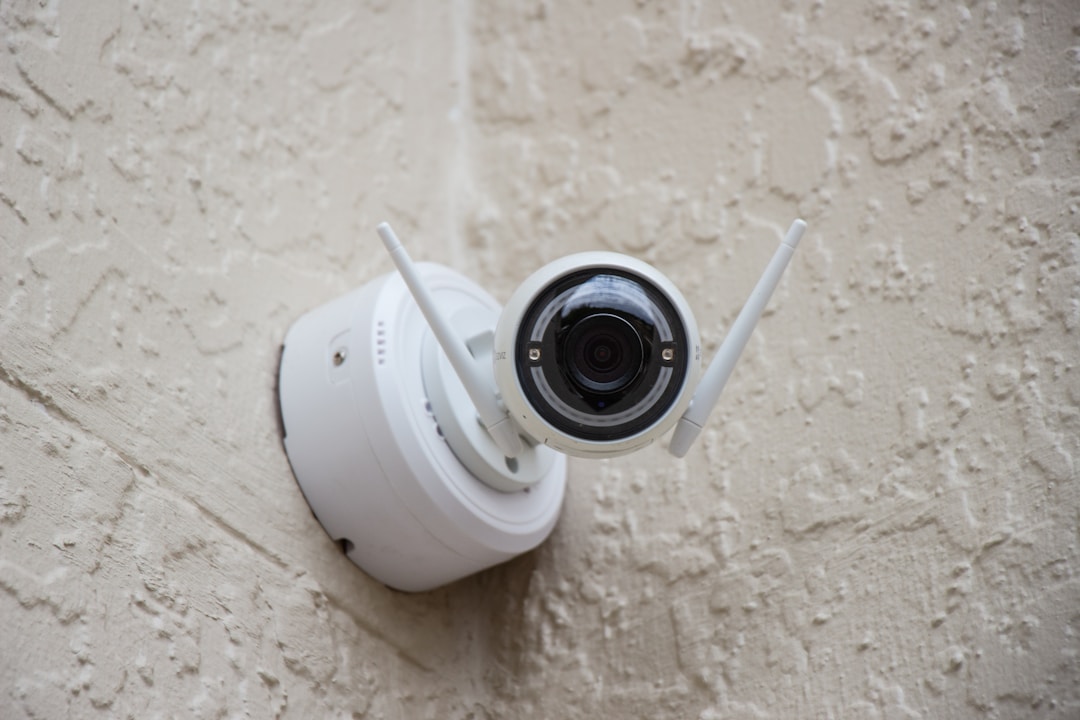In many ways, medical buildings are similar to other office buildings. For example, medical facilities require access control, attention to privacy, and adherence to standard safety and building codes. Medical buildings differ in that they require higher cleanliness standards and usually need very advanced technology. Depending on the types of treatments and equipment required, space and floor plan considerations might also need to be examined.
For a chiropractor like Dr. Robert Shire, patients receive treatment for various issues related to back pain and spinal and neck alignments. Chiropractic adjustments can require special tables and other equipment that need plenty of room. Chiropractic care requires the doctor to walk around the patient and manipulate various parts of the body. As a result, there will probably need to be special considerations for space and treatment room layouts. Other health care professionals might only require an exam table in a smaller room. Aside from space and layout, however, medical buildings have other considerations.
From hazardous materials requirements to HIPPA regulations and ADA compliance, there are a few things that every medical building needs. Whether the building is for chiropractic care or dental procedures, there are some things that medical buildings need. Let’s take a look at some special requirements for medical facilities.
Access Control, Security, and Privacy

Due to the nature of medical buildings, strict security and privacy protocols have to be in place. HIPPA laws require a high level of privacy to protect patient identities and health information. As a result, all medical facilities have to limit access to certain areas to medical professionals only. Access control and security have to be top-notch in medical buildings.
Surveillance cameras should also be part of any medical building’s comprehensive plan to prevent unauthorized access. Security cameras allow security personnel to identify credentials and monitor access to the building. Additionally, many video surveillance systems can be monitored from a mobile app or other devices to allow access to live feeds in real-time. Medical building managers might check out resources like Verkada reviews to evaluate companies that provide security system capabilities.
ADA Compliance

The Americans with Disabilities Act (ADA) was created to ensure that individuals with disabilities have appropriate access to all building areas. Although all buildings should adhere to ADA standards, medical offices have different accessibility needs. Due to the different needs of patients and possible ambulatory care, medical facilities must ensure that all areas have adequate accessibility. From ramps and elevators to additional handrails, medical offices must provide ADA-approved infrastructure. Additionally, medical buildings must also focus on restroom facilities to ensure that they are accessible for patients of all abilities.
Hazardous Materials and Equipment
:max_bytes(150000):strip_icc()/GettyImages-103919304-44ca865113b449fcb59574cd99fcf9a4.jpg)
Cleanlinessrmedical buildings will generate biohazard waste, and many employ equipment that produces harmful radiation. All medical buildings must have the ability to dispose of and securely store materials that contain blood and other bodily fluids. There also need to be considerations for the storage of sharps. Additionally, special rooms that contain X-ray machines or CT scanners will probably need upgraded safety measures to ensure that hazardous radiation doesn’t escape into the building.
Cleanliness

Medical buildings welcome patients with a host of conditions and disabilities. It is imperative that all facilities maintain an increased level of cleanliness to protect the well-being of all patients. From hypoallergenic materials to easily sterilized areas, medical buildings must give special considerations to cleanliness and safety standards.
When creating an ideal space for medical office facilities, special considerations must be given to security, privacy, safety, accessibility, and cleanliness. Medical buildings must be able to provide specialized treatment to a wide range of patients safely.



